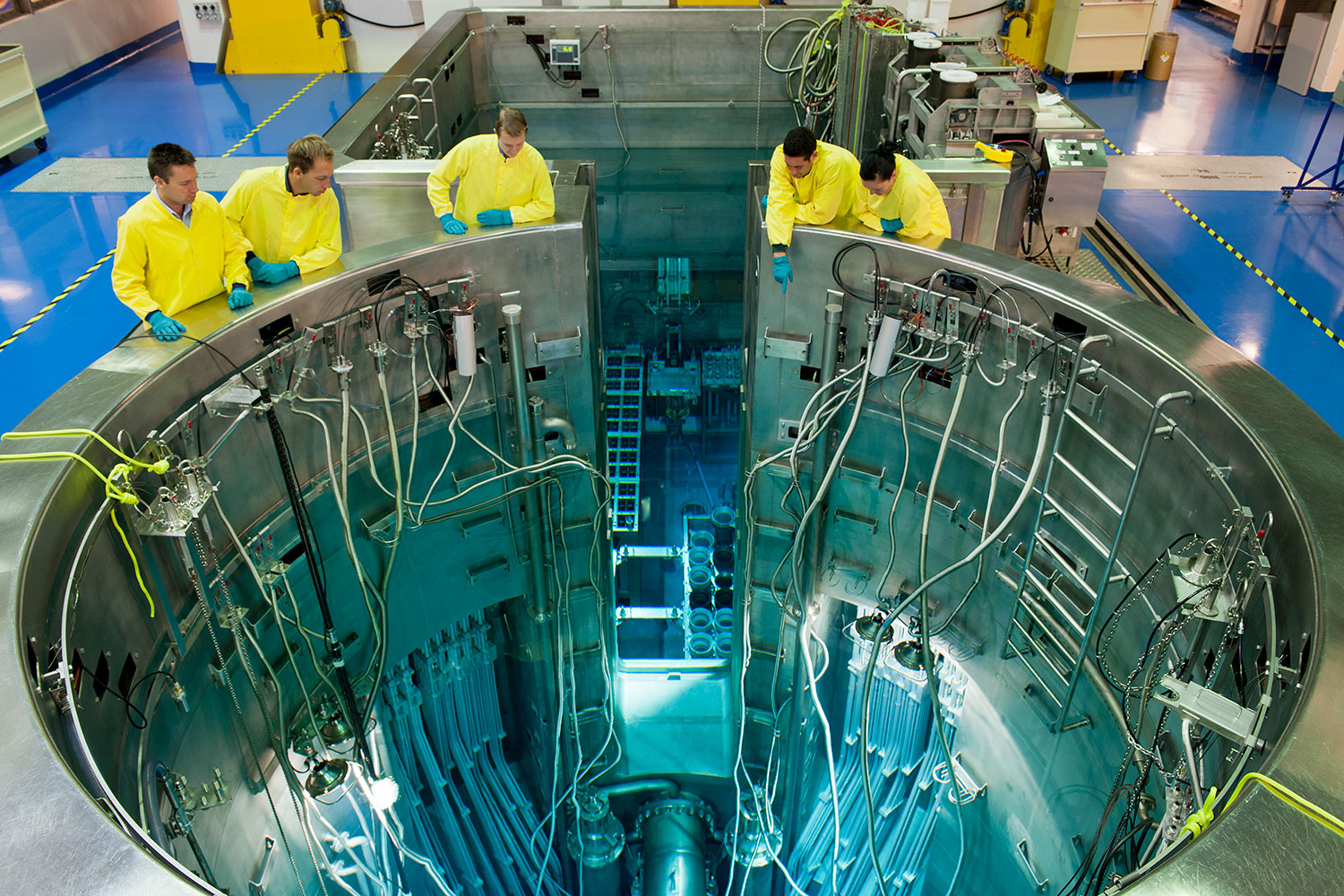Australia has never had a nuclear power station but, as more focus is put on the move towards clean energy, the idea is gaining traction.
The House of Representatives Standing Committee on the Environment and Energy has commenced an inquiry into the prerequisites for nuclear energy in Australia. But Australia’s current ban on nuclear power stations would first need to be overturned to allow a plant here.
Dr Mark Ho, President of the Australian Nuclear Association (ANA), believes it is high time we revisited the ban.
“Nuclear is already contributing to one-third of the world’s low-carbon electricity. It’s a known quantity,” he said.
Figures from the World Nuclear Agency back him up. Nuclear power is the second largest source of low-carbon electricity today, with 452 operating reactors providing 2563 TWh of electricity in 2018 — or 10 per cent of global electricity supply.
How ‘clean’ is nuclear energy?
All energy generation technologies create emissions over their lifecycle. These are generated during construction, operation, maintenance and decommissioning.
Tony Irwin, the Chairman of Engineers Australia Sydney Division’s Nuclear Engineering Panel, said from a clean energy standpoint “nuclear stacks up”.
“It ticks the box for low emissions on a whole-of-life basis. It’s the same emissions — about 12 grams per kilowatt hour — as wind and less than solar,” he said.
This is supported by findings outlined in the Nuclear Fuel Cycle Royal Commission Report, produced by the South Australian Government in 2016. The report cites the National Renewable Energy Laboratory (NREL), the primary laboratory for renewable energy and energy efficiency research and development in the United States, which undertook a peer-reviewed analysis and harmonisation of all earlier studies on carbon emissions from various electricity generation technologies.
It found the median estimates under the NREL analysis ranked the emissions of nuclear (12 grams carbon dioxide equivalent per kilowatt hour [gCO2-e/kWh]) within the range of solar photovoltaics (18-50 gCO2-e/kWh, depending on technology choice) and wind (12 gCO2-e/kWh).

Focusing more on nuclear power while we wait for efficiency and production improvements in renewable sources could be the way to meet current energy demands, Irwin said.
“If you look at the minimum demand in NSW, 6000 MW of power is required 24/7, all year round,” Irwin.
“I don’t think people understand the scale of the problem in terms of trying to replace this amount of power.”
For example, Irwin points to the solar farm at Coleambally, NSW. It’s currently the largest solar farm in Australia, with approximately 560,000 solar panels installed on 550 hectares of land, and capable of generating an estimated 380 GWh per year.
“Six thousand MW, 24 hours a day, is 52,560 GWh per year. You’d need more than a hundred of those solar plants just to meet the minimum demand besides all the peaks as well,” he said.
“Whereas modern nuclear has a capacity factor of 95 per cent independent of the weather. We think it can play a part going forward.”
However, Roger Dargaville, a Senior Lecturer in Resources Engineering with the Department of Civil Engineering at Monash University, is more confident of the standalone capability of renewables.
In 2018, the proportion of Australia’s total electricity generated from renewables passed 20 per cent for the first time, with clean energy contributing 21.3 per cent of total electricity generation. This was an increase compared to 2017, when renewables were responsible for 17 per cent of total electricity generation. And there’s more in the pipeline.
“As we approach the 2020 renewable energy target of at least 33,000 GWh per year, we have seen a rush of new projects. After that, most of the states have renewable targets of 50 per cent or more that, combined with the continuing falling prices of PV, should lead to a continuation of the trend.”
Dargaville said many published studies already show that 100 per cent renewable systems are technically achievable, cost-effective and reliable, without having to resort to nuclear power.
Deployment timeline
Time is of the essence to meet upcoming renewable energy targets. So how long would it actually take to build and deploy a nuclear power plant?
Should Australia legislate to allow a nuclear plant to be built here, Dargaville believes it could take as long as 20 years. But Irwin believes if we started today, we could have a plant up and running by 2030. He points to the development of NuScale Power in the US.
NuScale Power is breaking ground with its Small Modular Reactor (SMR) system. Each 60 MW SMR operates independently within a multi-module configuration. The SMR is built and assembled in a factory, then shipped to a prepared site for deployment, avoiding construction delays on site.
The problem of radioactive waste is another factor that needs to be addressed, said Dargaville, and it’s something that is usually front of mind for the public as well.
There’s no doubt he has a point, although, as Ho points out, great strides are being made in nuclear waste-handling.
“Australia is actually about to construct synthetic-rock sequestration technology to take care of radioactive waste from medical radiation isotopes,” he said, referring to ANSTO Synroc, a waste treatment technology designed to safely lock up nuclear waste.
“Some will see nuclear power stations as a good thing — another low-carbon tool in the toolbox that we need to combat climate change,” added Dargaville.
“Others will see it as a dangerous path to go down.”
Irwin is more optimistic.
“Removing Australia’s ban on nuclear power would see more career opportunities for engineers here, instead of going overseas,” he said.
“You want diversity, you want a mix; there’s no technology that has all the answers. The big question is what is the best mix going forward.”